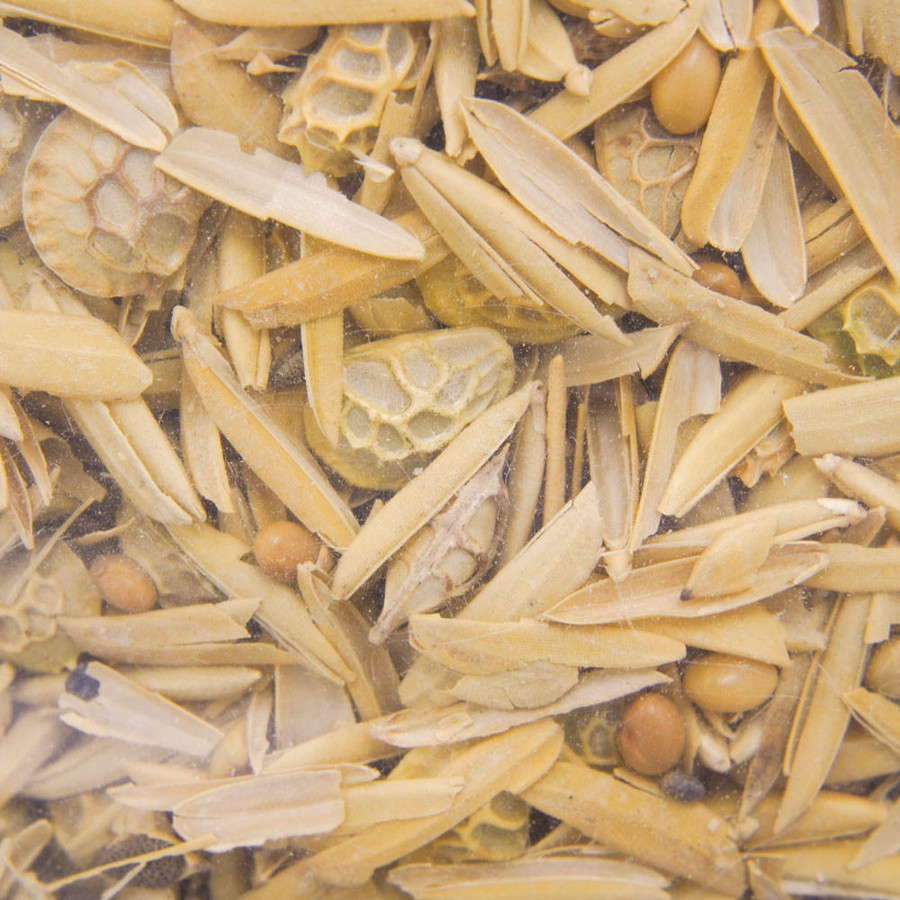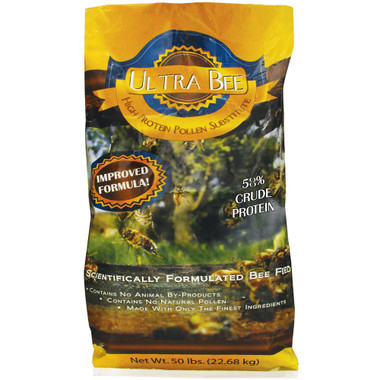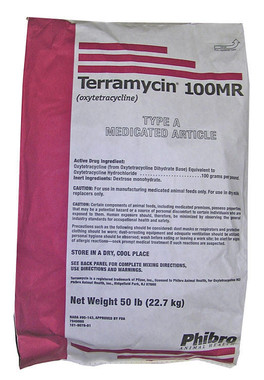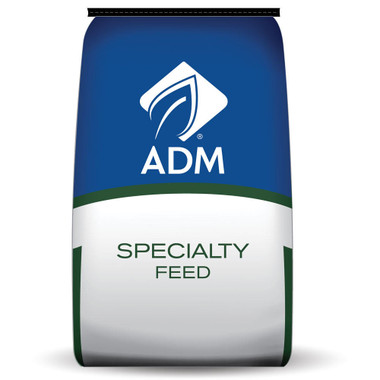Product Details
Description
Want to help save the bees? Transform your traditional turf grass into pollinator habitat while maintaining the function and recreation associated with a traditional lawn with our Bee Lawn Seed Mix! Due to loss of forage, pesticide use and the introduction of pest and diseases, our pollinators need your help! Each bag of Bee Lawn Seed Mix is developed by the University of Minnesota and has been shown to support more than 60 bee species.
Plant at a rate of 5 pounds per 1000.
-
Percent Composition:
- 23.5% Boreal Creeping Red Fescue
- 23% Intrigue Chewings Fescue
- 23% Gladiator GT Hard Fescue
- 23% Blue Mesa Sheep Fescue
- 4.5% White Dutch Clover
- 2.7% Self Heal
- 0.3% Creeping Thyme
PLANTING
The Right Time to Plant
Spring, Fall, or Dormant
The best time for planting is late summer to early fall because it’s a good time for germination, there’s less competition with annual weeds, and it gives the plants the longest time to mature before the next summer stresses.
INSTALLATION:
Overseeding (Interseeding)
- Mow the existing lawn very short (scalping) to allow sunlight to reach the soil.
- Overseed with a broadcast spreader to distribute the seed.
New Seeding
- Removal of existing lawn
- Dig lawn up with tiller or sod cutter
- Till the soil to a depth of 6 to 8 inches
Preparation of Soil
- Improve soil texture: For clay soils, add organic matter & sand. For sandy soils, add organic matter like compost, peat moss, or manure. Till again.
- Apply an organic starter fertilizer
- Level the soil surface
Seeding
- Spread seed using a broadcast or drop seed spreader.
- Rake in or tamp in the seed. This will give good “seed to soil” contact.
- Mulch or blanket for best results.
WATERING
The most critical step for establishment success. You need to keep the ground moist until the seedlings are up and established (2 to 3 inches tall). Use a method of frequent light watering, not once a day drenching.
MANAGEMENT
Mowing frequency: once a week to once biweekly.
Mowing Height: 3 inches
LIMIT HERBICIDE AND INSECTICIDE USAGE! Herbicides and Insecticides will damage your flowering plants and pollinating insects.
No need to add Nitrogen by fertilizing the soil. The clover will fixate Nitrogen in soils.
Specification
- 52.30 LBS












